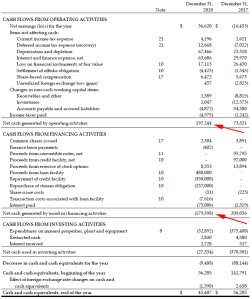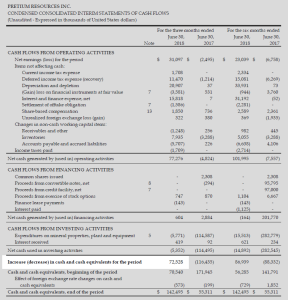Pump and dump is its own industry with industry conferences and specialists who provide helper services like shady legal advice, illegal transfer agent services, stock promotion, etc. This industry operates a lot like other industries, except some effort is made to conceal their activities.
In this series of blog posts, I will go over how the industry works and how you can figure out the interconnections between industry players. Industry insiders consistently use the same service providers: lawyers, accountants, investment banks, brokers, stock promoters, investor relations firms, and transfer agents. All of that leaves behind a footprint that you can use to sleuth out connections behind the industry’s output.
This series will go over:
- How to quickly spot a pump and dump.
- How you can bet against these stocks and why you shouldn’t do it.


